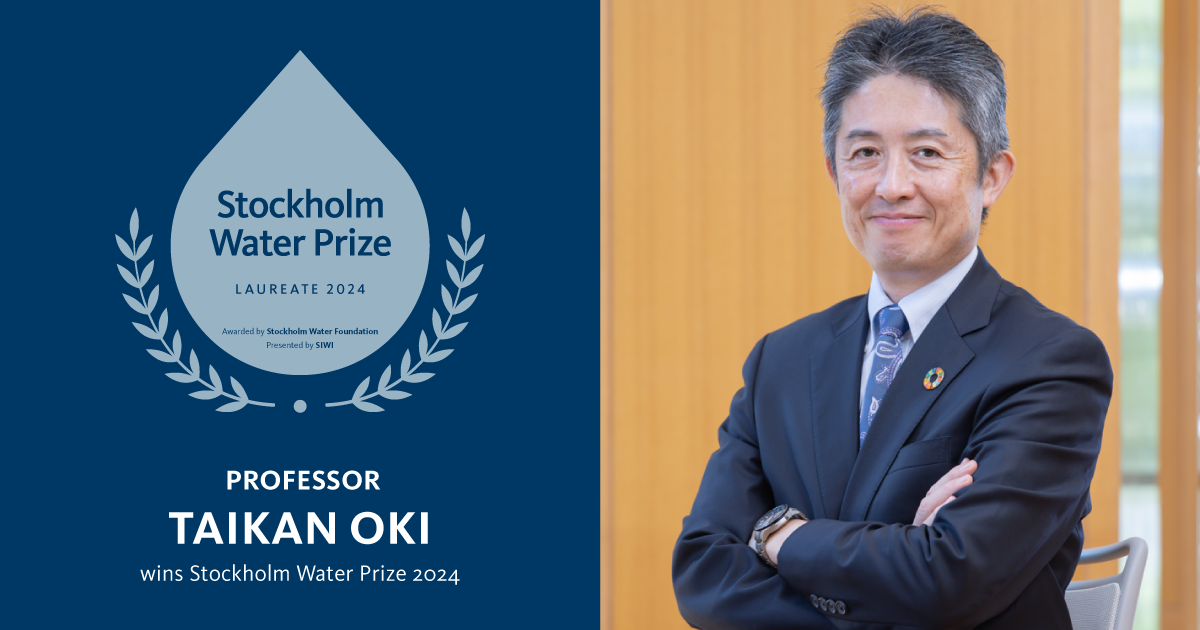5 Ways to Use Social Media to Promote the Value of Water
Nowadays, it’s rare to find someone without an account on at least one social network, whether that be Facebook, Instagram, Twitter, or Snapchat. For water professionals, social media represents one of the simplest ways to convey the value of water — and your organization’s role in ensuring its safety — to customers and community members.
Data from statista.com estimates that the average person spends 2 hours and 24 minutes on social media each day, amounting to a great deal of potential exposure time for your utility, business, or advocacy campaign.
Read on for five helpful tips to help water professionals connect with an online audience through social media:
Get Personal
The average social media user isn’t looking for a press release or a project digest. They’re looking for memes, funny videos, and emoji-led conversations with friends. If you show up on Facebook with paragraphs and paragraphs of formally written content, you’ll turn off your audience straight away.
Don’t be afraid to stray from your organization’s official communications strategy and use language that resonates with the people you’re trying to attract. Using emojis and opting against the formal approach will help social media users see that there’s a real person behind your organization’s messaging.
Educate With Meaningful Content
It’s a good thing to be fun and friendly on social media — but if you want people to take your messaging seriously, you need to leverage your credibility. The best way to show people that you are a trusted expert in your field is to provide data.
This does not mean simply listing your most recent operational-efficiency figures, product specifications, or other stats in text form. Get clever by using video and graphics, particularly for the more shocking or resonating statistics, to attract attention and incentivize your audience to tune into what you have to say.
Keep it Simple
Simple is always better. Some organizations use social media as a blog, going too in-depth about their work when that level of detail might be a better fit for a website or press release. This is generally a bad idea, because the average social media user with a never-ending stream of content likely won’t care enough to stick around for a 1,000-word essay.
Avoid large blocks of text – make your point and keep it short and sweet. Accompany your posts with simple graphics that don’t take an industry professional to understand.
The Water Environment Federation (WEF; Alexandria, Virginia) and other sector groups provide several free resources to help water professionals convey data about the following topics in a social-media friendly way:
- The Value of Water
- U.S. Support for Water Infrastructure Investment
- U.S. Clean Water Infrastructure Investment Needs
Post Often
It’s easy to put your social media duties on the backburner; it’s one of those jobs that doesn’t tend to yield a direct response. But to generate a long-term interested audience, you need to get into a habit of posting regularly.
Social media users are inundated with content on a daily basis, which, unfortunately, means that the average local business, utility, or government agency ends up being fairly forgettable. Keep your business and your messages in the forefront of your audience’s minds by reminding them regularly that you exist.
Respond & Engage
The whole concept of social media is based on interaction. When somebody makes a post, they’re not just shouting into a blackhole. They expect a response —or they wouldn’t bother to post in the first place.
Keep that in mind when it comes to your own interaction habits. It’s not enough to simply make a post and disappear until the next time you post. Be sure to quickly respond to interested users with thorough and helpful answers. Follow people and businesses in the community who you think will get the conversation going. Don’t be afraid to reach out to strangers —it’s the best way to become known in your local online community.
Related Areas
Latest News
Join or Renew Your WEF Membership Today
Connect with our community of water professionals who ensure that our local communities have access to clean water that protects public health. Explore our member benefits and find the membership type that’s right for you.


